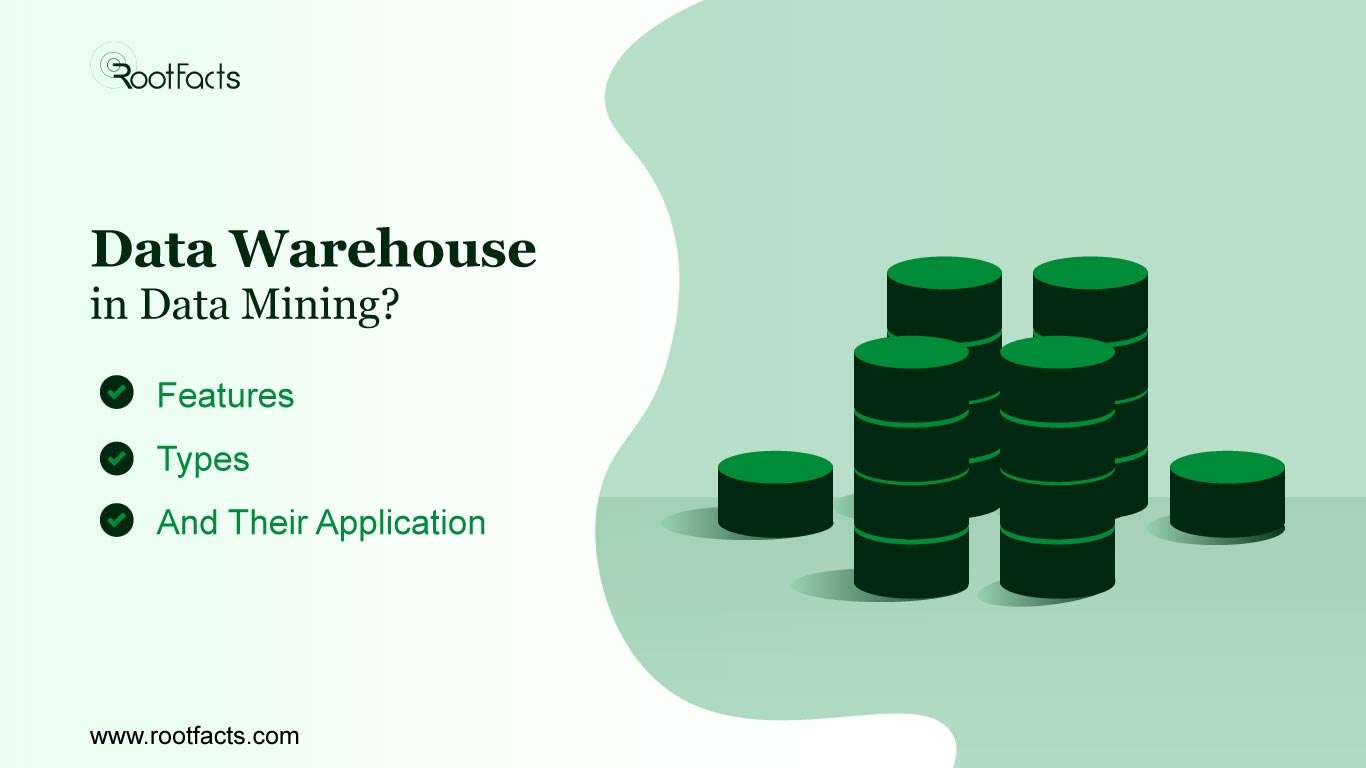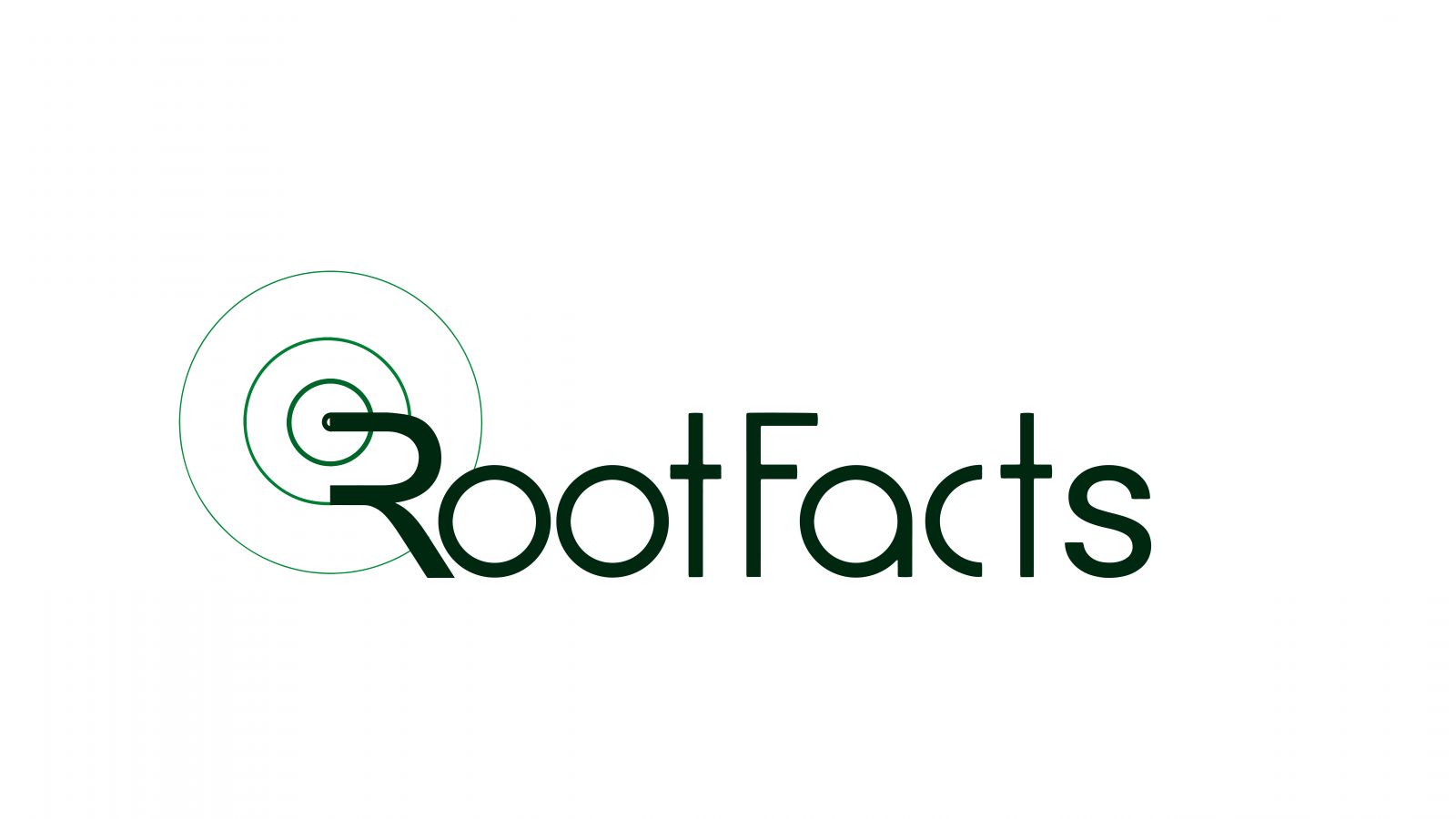
The data warehousing concept is not new but it has been around since ages to help businesses make decisions based on data. However, the uses and applications of data warehousing are changing and upgrading with time. The upgraded data warehousing concept help business managers make better decisions through strategic planning and overpower their competitors in the long run.
In this blog, we will learn about what is a data warehouse in data mining, how it came into existence, what are its features and types, and how and in which industries it helps.
What Is A Data Warehouse In Data Mining?
The word “Data Warehouse” was first originated by Bill Inmon in 1990. Inmon defines a data warehouse as a centralized repository for the organization. It is a subject-oriented, integrated, time-variant, and non-volatile collection of data. This data allows analysts to make better decisions for the organization’s growth.
An operational database has frequent daily changes based on the transactions. For instance, when a business analyst analyzes previous feedback data of a product, supplier, or any consumer data, then the analyst may not have any data to analyze as all the previous data will be updated due to updates in transactions.
A data warehouse makes it easy to generalize and consolidate data in the multidimensional view. A data warehouse also offers tools such as the Online Analytical Processing (OLAP) tool that can do interactive and effective analysis of data in a multidimensional space. Using this analysis, data mining and data generalization are achieved.
With the help of this tool OLAP, data mining functions such as association, clustering, classification, and prediction can be integrated to improve the interactive mining of knowledge at various levels of abstraction. This is one of the reasons why data warehouse in data mining has become an integral platform for analysing data and doing online analytical processing.
Important Points To Note About Data Warehouse!
• A data warehouse is a database, stored separately from the organization’s database.
• There is no constant updating done in a data warehouse.
• It maintains crowded historical data, which helps the organization to analyze its business.
• A data warehouse allows executives to understand, organize and use their data to make better business decisions.
• Data warehouse systems support the integration of a variety of application systems.
• A data warehouse system can even be used for compact historical data analysis.
What are the Types of Data Warehouse?
There are three types of data warehouse applications described below −
• Information Processing- A data warehouse helps in processing the stored data information. The data can be processed using statistical analysis, tables, charts, crosstabs, graphs, or querying.
• Analytical Processing − A data warehouse help in the analytical processing of the information saved in it. The data is analyzed using the OLAP tools including slice-and-dice, drill down, drill up, and pivoting.
• Data Mining − Data mining helps in discovering hidden patterns and associations in constructing analytical models and performing classification and prediction. These mining results can be represented using tools for visualizing data.
What are the Features of Data Warehouse?
The key features of a data warehouse are described below −
• Subject Oriented − A data warehouse is said to be subject oriented as it offers information around its subject rather than offering information about the organization’s ongoing operations. By subject, it means, product, customers, suppliers, sales, revenue, etc. Hence, a data warehouse does not deal with ongoing operations only but its focus is on modelling and analysis of data to make an effective decision for the business.
• Integrated − A data warehouse is created using the integrated data from heterogeneous sources like a relational database, flat files, etc. The integration helps in boosting the analysis of the data and making it easy to interpret.
• Time-Variant − The data accumulated in a data warehouse is revealed within a particular period. Here the data collected gives information from a historical point of view.
• Non-volatile − Non-volatile means when the previous data is not removed or deleted even after new data is added to it. A data warehouse is separate from an operational database and therefore any quick changes are not reflected in the data warehouse.
Note − A data warehouse is stored physically and is separate from an operational database. Therefore, it does not need transaction processing, recovery, and concurrency controls.
What are the Best Applications of Data Warehouse?
Every organization needs a data warehouse irrespective of the size of the business. A data warehouse helps in connecting with disparate sources to analyze, report, anticipate and facilitate robust decision-making. Here, we have listed down some of the best applications of data warehousing in different industries.
• Financial services
• Banking services
• Education sector
• Healthcare services
• Insurance services
• Consumer goods
• Retail sectors
• Controlled manufacturing
To sum it up!
A data warehouse overall eases the decision-making process of a business and enhances organizational performance. Now, organizations won’t waste their time retrieving data from multiple sources.

